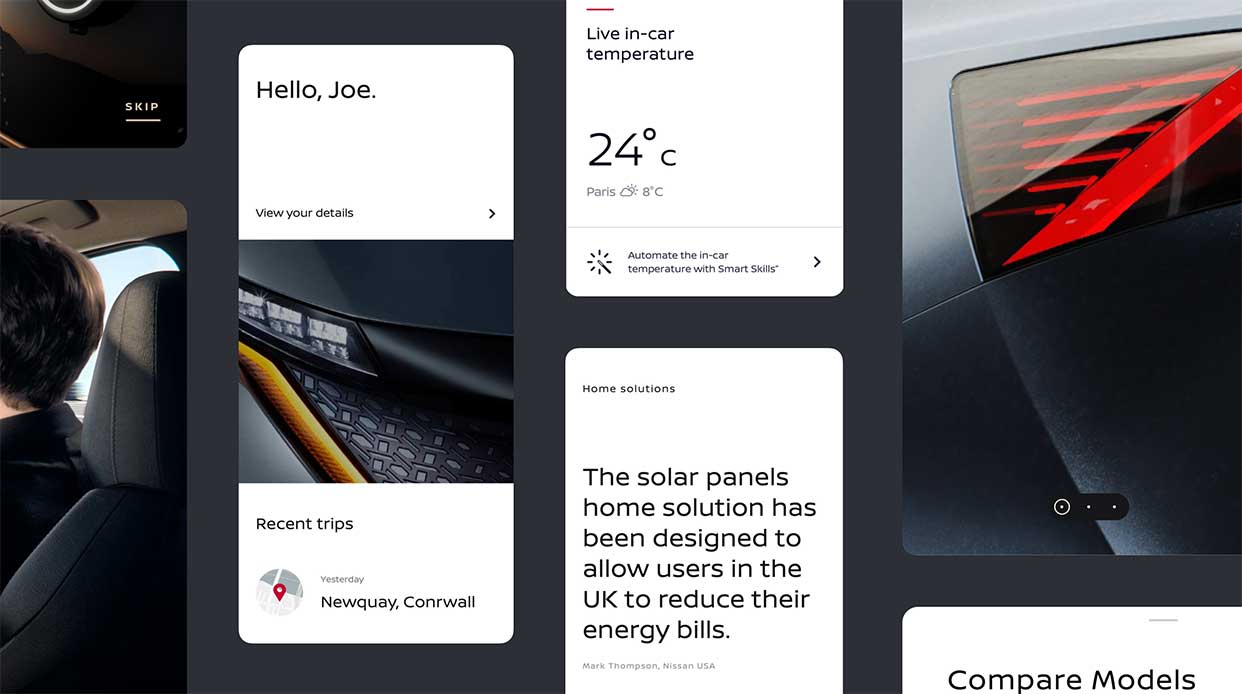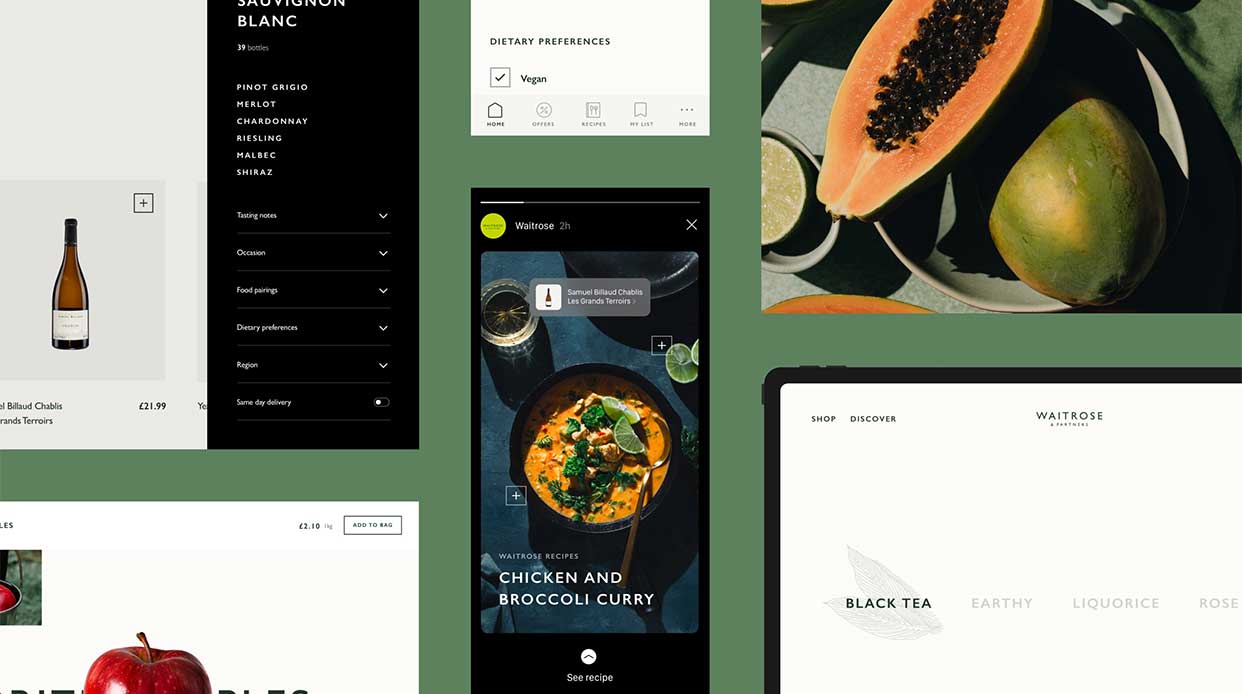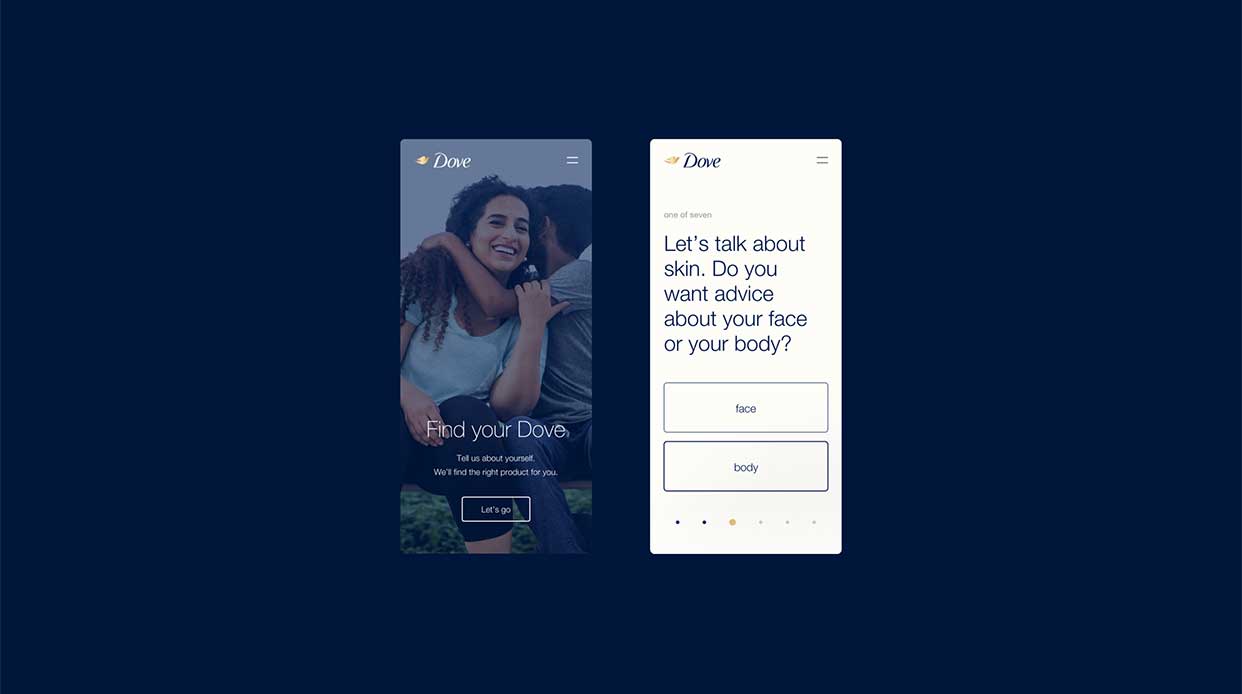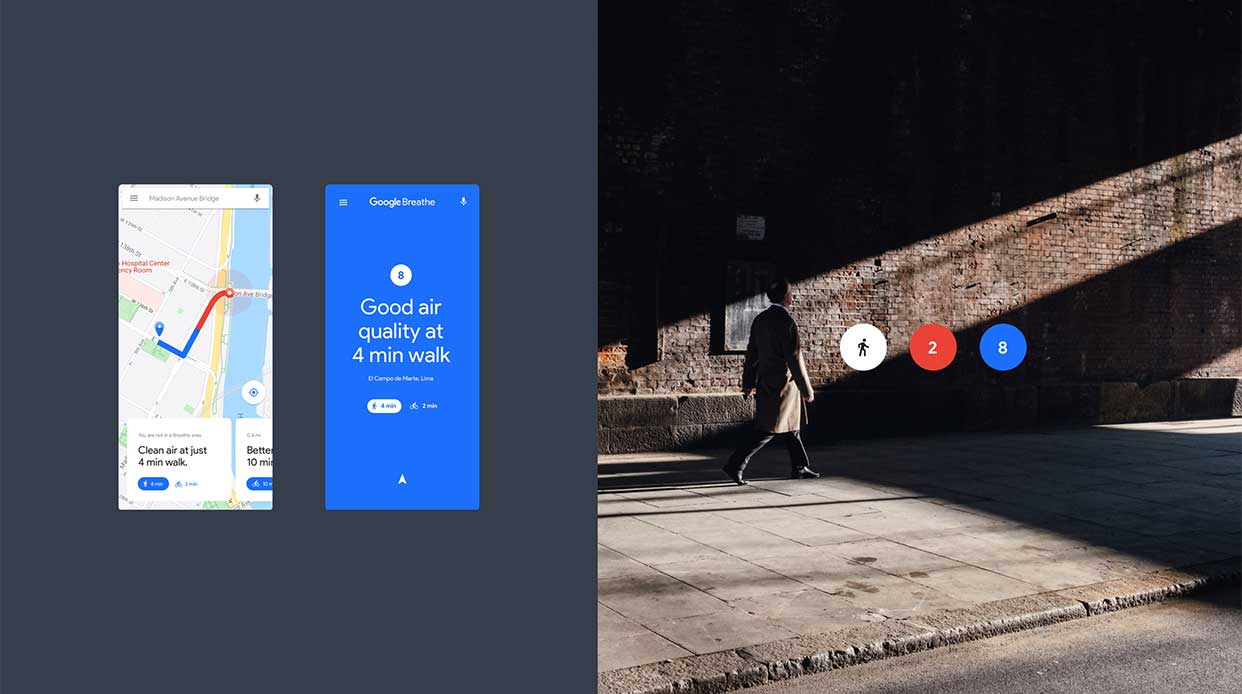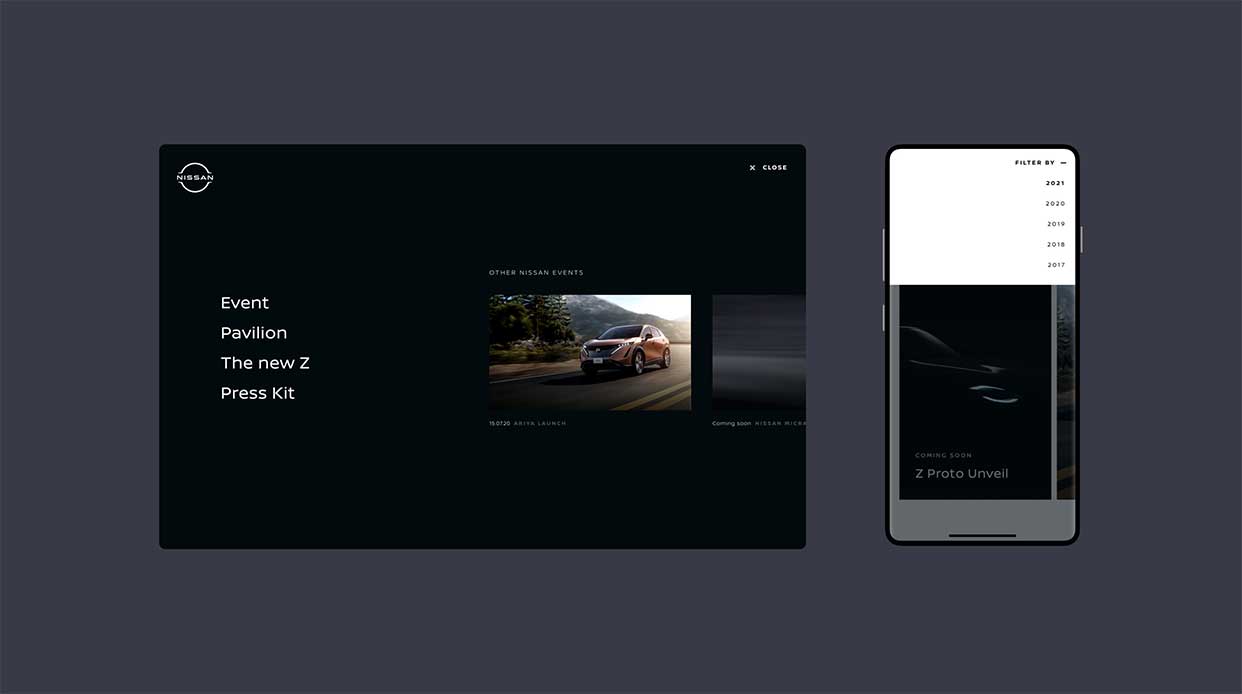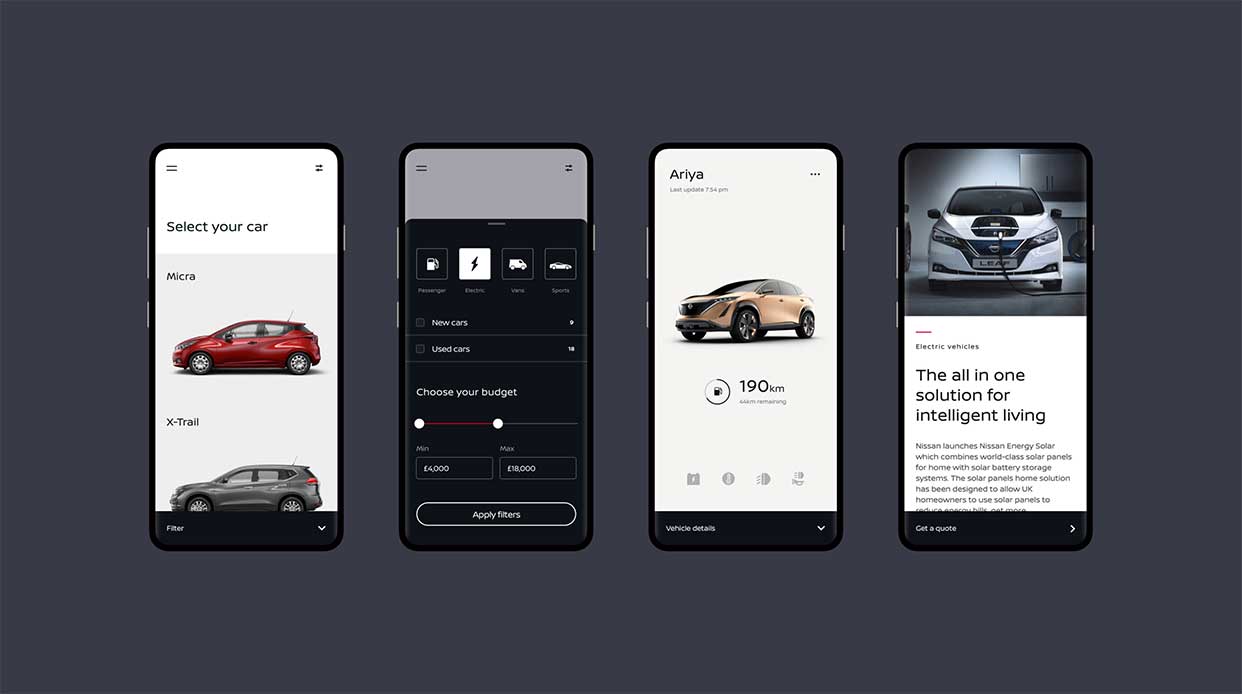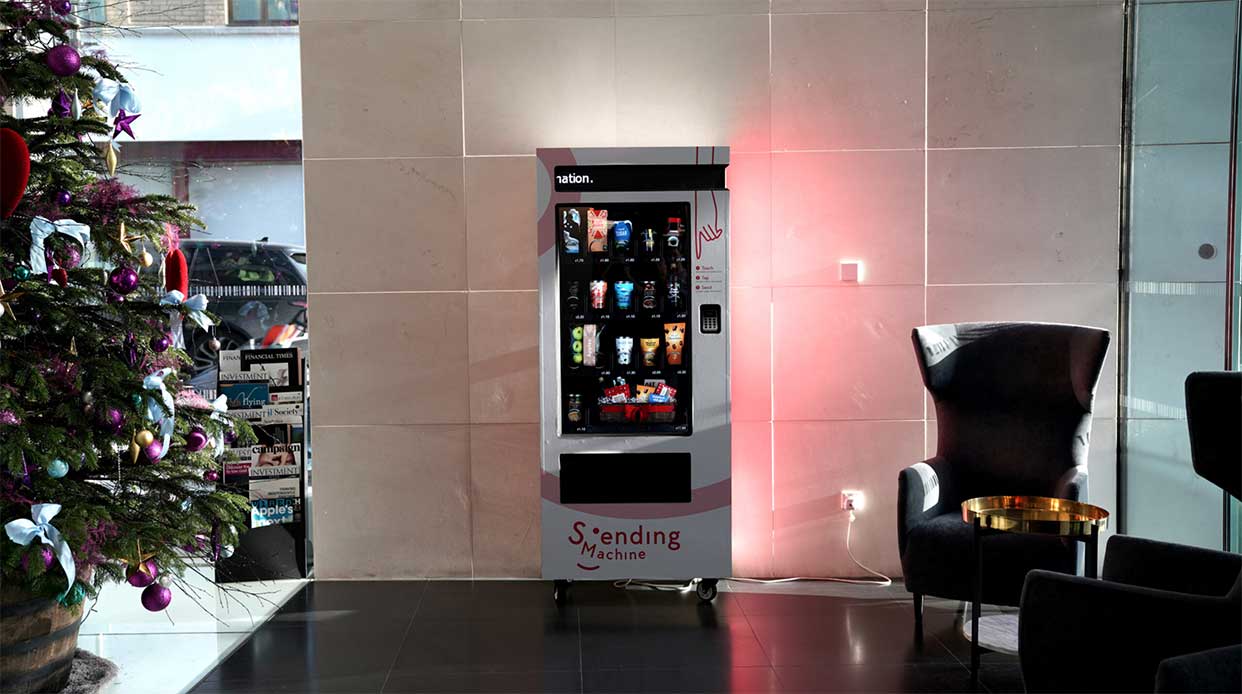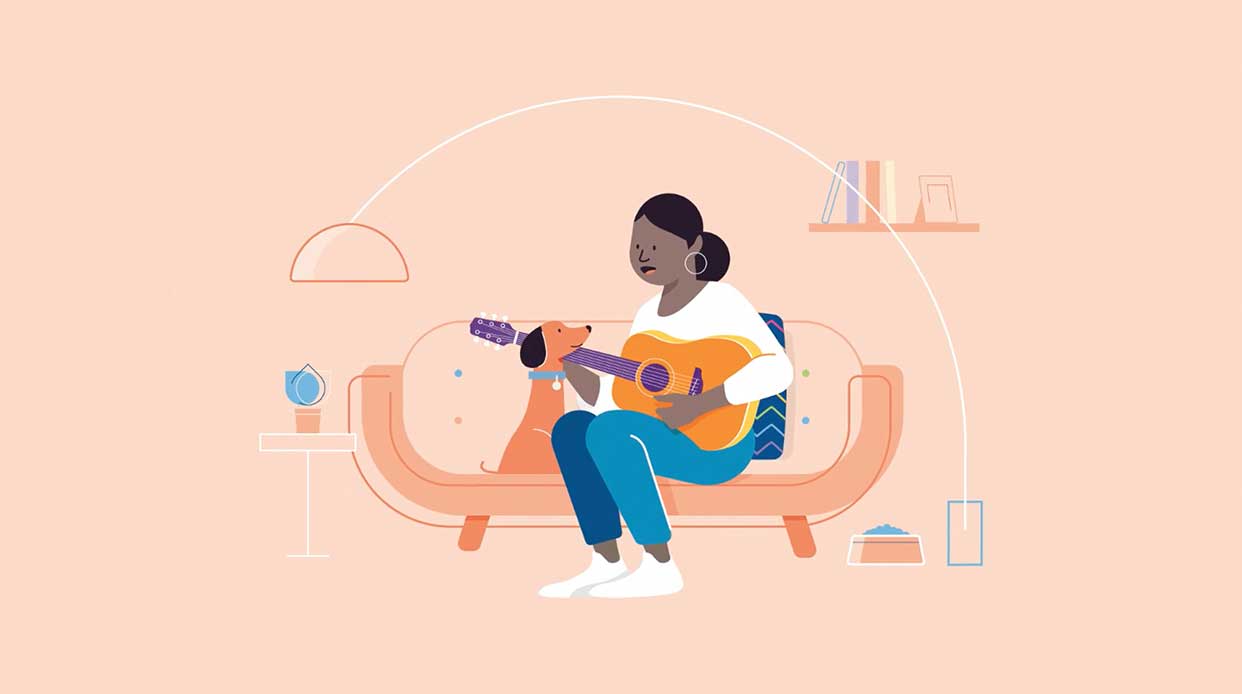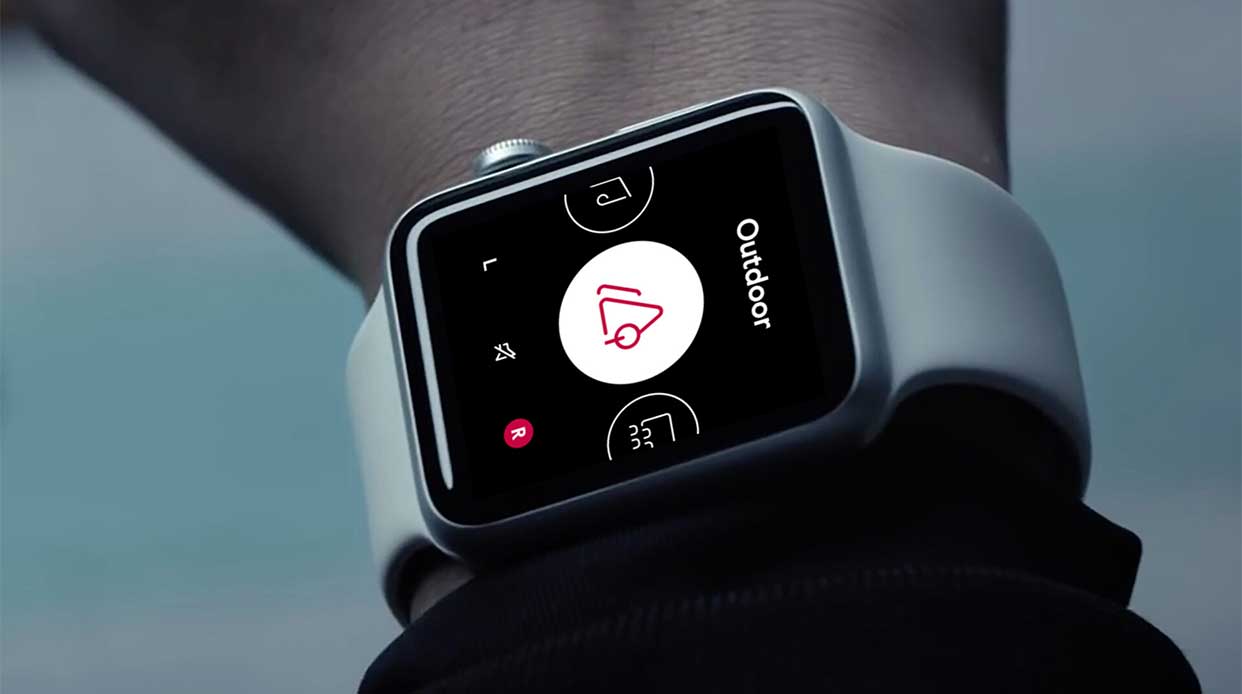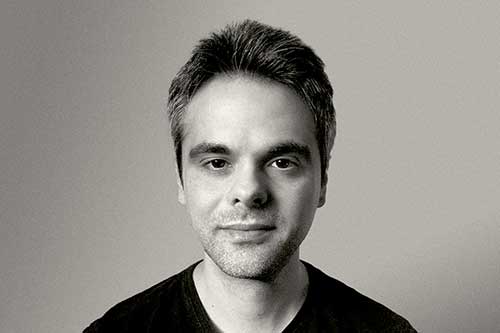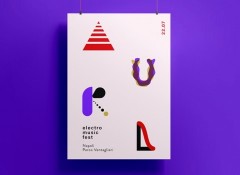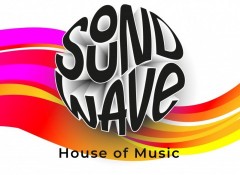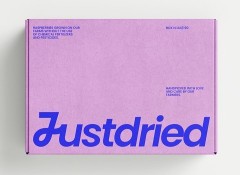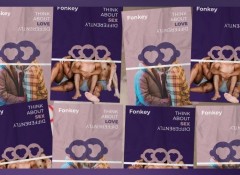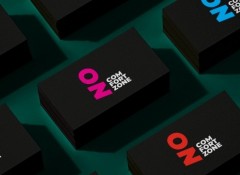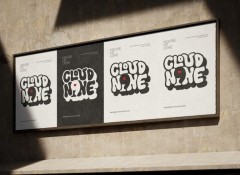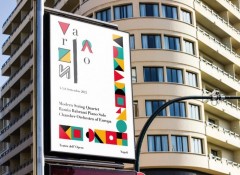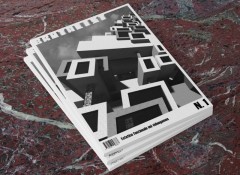
Paolo Falasconi //
Ilas Generation: Daniele Signoriello, Senior Designer at AKQA
A conversation about creativity with a look at the past, the present and the future of what it means to be a contemporary designer.
Paolo - Hi Daniele and thanks for agreeing to take part in this interview. I‘m glad to see you again after such a long time. I imagine you have a lot of things to tell me, so perhaps we should proceed in order. Let‘s start by framing the present. Where are you currently and what are you working on?
Daniele - My pleasure. I have been living in London for a few years now where I currently work as a Senior Designer at AKQA.
The time spent at Ilas as a student has been a milestone in my education. It allowed me to put into practice the knowledge I absorbed at the Art School and at the Academy of Fine Arts. I was able to see design under a different light – with a straightforward vision applied to graphic design and to the creation of advertising campaigns.
My experience at Ilas allowed me to meet fantastic people to whom I owe so much, starting with the director Angelo Scognamiglio, and all the colleagues who are still there with you. From each of them, and especially from you, Paolo, I received valuable insights and advice that I still apply in my work today.
Wait a minute. We left each other more than 10 years ago when your destination was Brazil – Sao Paulo to be precise – How is it that you ended up in London?
That‘s right, you have a good memory. This is how it went: in 2013 I was working as Senior Design at SapientNitro Brazil. I was having such a good time in Sao Paulo and the experience as a whole became an important part of my personal growth. At the same time, I started to feel the interest for a new experience and my plans to return to Europe eventually became a reality. I was looking for a challenge that could allow me to continue the process I started in Brazil. Among the destinations I had considered, London seemed to be the right place because it offered similar opportunities I experienced in Sao Paulo. I was lucky enough to get relocated to the UK to work for the same company that in the meanwhile became part of the Publicis Groupe. At Publicis.Sapient London I was finally about to begin a great journey that would have lasted almost 9 years. And here I am now.
So Brazil was your first professional stop outside of Italy. Tell me more about it.
In 2009 during my Ilas Graphic and Web Design course, I had the opportunity to join the team at the design agency “Argentovivo/Ilas’ where I was given the opportunity to learn and work on very interesting projects.
After about a year spent at the agency in the role of Junior Art Director, I chose – together with my current partner, to try a new experience in her country and in particular in Sao Paulo, Brazil. In South America, Sao Paulo is the place to be when it comes to design and in particular for digital design. It was my first experience abroad in a big city with more than 12 million inhabitants. A creative hub of a thousand opportunities, full of extraordinary talents and unique people. Before my departure from Naples, I managed to have a remote interview with an agency located in a city not far away from Sao Paulo. They greatly appreciated my portfolio, which included at the time, works I had done as an Ilas student and visuals created with the agency Argentivivo. Eventually they gave me the chance to join their team and you can imagine how happy I was at the time.
A few times later, while I was consolidating my experience and improving my design skills, we were getting ready to move to Sao Paulo, where the level of difficulty would have increased from all aspects. It was a big step for us that fortunately evolved into a such incredible experience. It became so important for me because it opened many doors to my future in the industry.
The company I am perhaps most thankful to from my Sao Paulo experience, was Grïngo (which was later acquired by the WPP group under the name of Possible Worldwide) directed by André Matarazzo one of the most influential creative minds in our industry. With them I took part of campaigns ideation for brands such as Coca-Cola and Absolut Vodka as well as working on further projects and pitches. The high work pace and the strong pressures that are experienced within these types of companies allowed me to gain more and more confidence in my means - and it was this type of challenge, together with my passion for design, that pushed me to seek for new experiences. In the same way that design evolves over time, the design community moves in the same wake that leads you to continuously confront new challenges - and London was one of them for me.
OK, we‘re back in London. You told me that you hold the position of Senior Designer at AKQA which sounds a bit like a supervisor. Don‘t tell me you‘ve given up on creativity! I remember you used to say "take away everything but the ability to create, to design". Please reassure me.
The AKQA team is made up of designers, creative developers, 3D artists and all types of creative people with an extraordinary background. Inspirations come from multiple sources and the passion for design is tangible in every step of the creative process because it is part of the company‘s philosophy.
The role of Senior Designer allows me to experience the most important phases of a project - from the concept to the delivery of the final product. Each project has its own story and the teams are structured differently. The people I work with most every day are the creative directors and UX designers. Batch deliveries (e.g. groups of templates or components for an app design) are often organised on Design Sprints that usually last one or two weeks each.
One of the most exciting challenges is working under pressure, especially when the time available for the concept phase (also called Discovery Phase or Design Exploration) is very short. On some projects, such as pitches, the time frame to set up an art direction can be as short as 1 to 3 days in the most extreme cases. In these scenarios, the designer‘s task is to get in sync with his team and above all to fully understand the brief. Every creative choice must be consistent with it. These choices should be capable of proposing alternative points of view that enrich and improve the solutions we are designing as a team. In digital design, the concept of creativity is broader because it takes into account several factors (such as ‘user testing‘) that influence the final result. Digital products have a more dynamic nature because they evolve over time as they reflect the way users interact with them. The idea of ‘team’ is also different than in the past, because nowadays the clients often participate actively in the creative process - where everyone‘s energies converge in one direction. As you can see, the opportunities to create are multiple and they differ across the types of projects. However, I live with creativity on a daily basis, so I hope I have reassured you!
OK, I would say that you have succeeded in your intent and indeed I find it very interesting.
The ideas to be created had to propose technological innovations to be produced with the support of Google products, at the service of the local or global community. My idea proposed a mapping of the level of air pollution, proposed as interactive content and included as data in Google Maps.
It is a project I have kept over the years to which I also dedicated a personal brand refresh to keep it consistent with the latest Material Design look & feel. It was the first project where I had the opportunity to prove to myself that I could take care of some of the key phases of a digital design product myself: Idea, Concept, UX and UI.
My idea endend up being one of the 10 finalists selected from the thousands sent from all the states of Brazil and also subscribed to by the major national creative agencies.
The creation of the idea and the feedback I got from the event I attended in person are rich in memories that I treasure.
In the following years, Google itself began to develop a similar idea using Street View technology cars to map pollution areas, and today this function is widely used and available in many weather app. It was interesting for me to see how, back in 2012, I was in tune with technological innovations of this scale.
Very impressive. And what kind of software do you use to develop these kinds of projects? I suppose the Adobe suite rules the whole world over. Is that so?
Really interesting. Since you mentioned Figma, have you heard about its recent acquisition by Adobe? If I’m not wrong, it is widely considered as the the go-to tool nowadays. But in what way do you find Figma better than XD, for example?
Furthermore, creating and sharing a Design System on Figma is very simple and stable. The ‘Inspect‘ functions for developers are already included in the same file and there is no longer, for example, the need to publish designs on Zeplin. With the recent acquisition of Figma by Adobe I expect to find interesting integrations with the other software from the suite – and these potentially implemented as built in features or available via plugin.
Of course, very clear. Speaking of teamwork, what was it like to join a creative team? I mean, everything was new to you, the language, the city, the culture. Basically a leap into the dark.
My advice is to stay true to your own essence while respecting others. This helps you to integrate more easily into the social and work environment, while you should focus on keeping a low and neutral profile without showing any form of ego.
Having a good level of English is important both for communicating with your team and for collaborating with clients - in some cases, an intermediate level that allows you to understand the brief and the tasks, can sometimes be good enough to be part of a creative team and work together in sync.
In London you always feel like a tourist even after many years and there is always something new to discover. My first impression with the city was not traumatic because the experience I had in Sao Paulo was kind of similar. Moreover, Naples already has the characteristics of a big city and we Italian southerners in general, have a natural ability to adapt that helps us in every single situation.
I fully agree. Anyway, even though you make it sound like a piece of cake, it must not have been easy. I admire you very much. And when you feel too much pressure what do you do?
We all have a day when we are less productive, but we just have to trust that the next day we can regain the rhythm we were looking for. Working in a team, on the other hand, is easier because responsibilities can often be shared.
As for bureaucratic issues including finding accommodation, fortunately in the UK there are not as many obstructions as we have in Italy and this helps a lot even for those who are just starting out.
Explain more. This seems to be a really interesting piece of information for our readers.
In some cases, agencies can provide support in finding accommodation if you are coming from abroad.
This is great as it provides one more reason to motivate and reassure people that are planning a move to start a career in the UK. But the question of the ages is: after 10 years in London, would you suggest a newly graduate to give it a try? Is there really a chance of succeeding in building a future? After all, the British have their good designers too.
The creative industry in London is very active and the demand for staff resources is very dynamic. There is a large network of creative-oriented recruiters who work a lot on networking with companies. My advice is to build up a good portfolio that can best reflect your qualities and even if remotely, start networking with recruiters. This will allow you to identify - in accordance with current immigration laws - the opportunities that are available. But in general I would say that first of all you have to follow your instincts and interests and not feel tied to one country or culture. Be open to change.
You are right. Daniele from your very interesting story I understand that you are unlikely to return to Italy, am I wrong?







